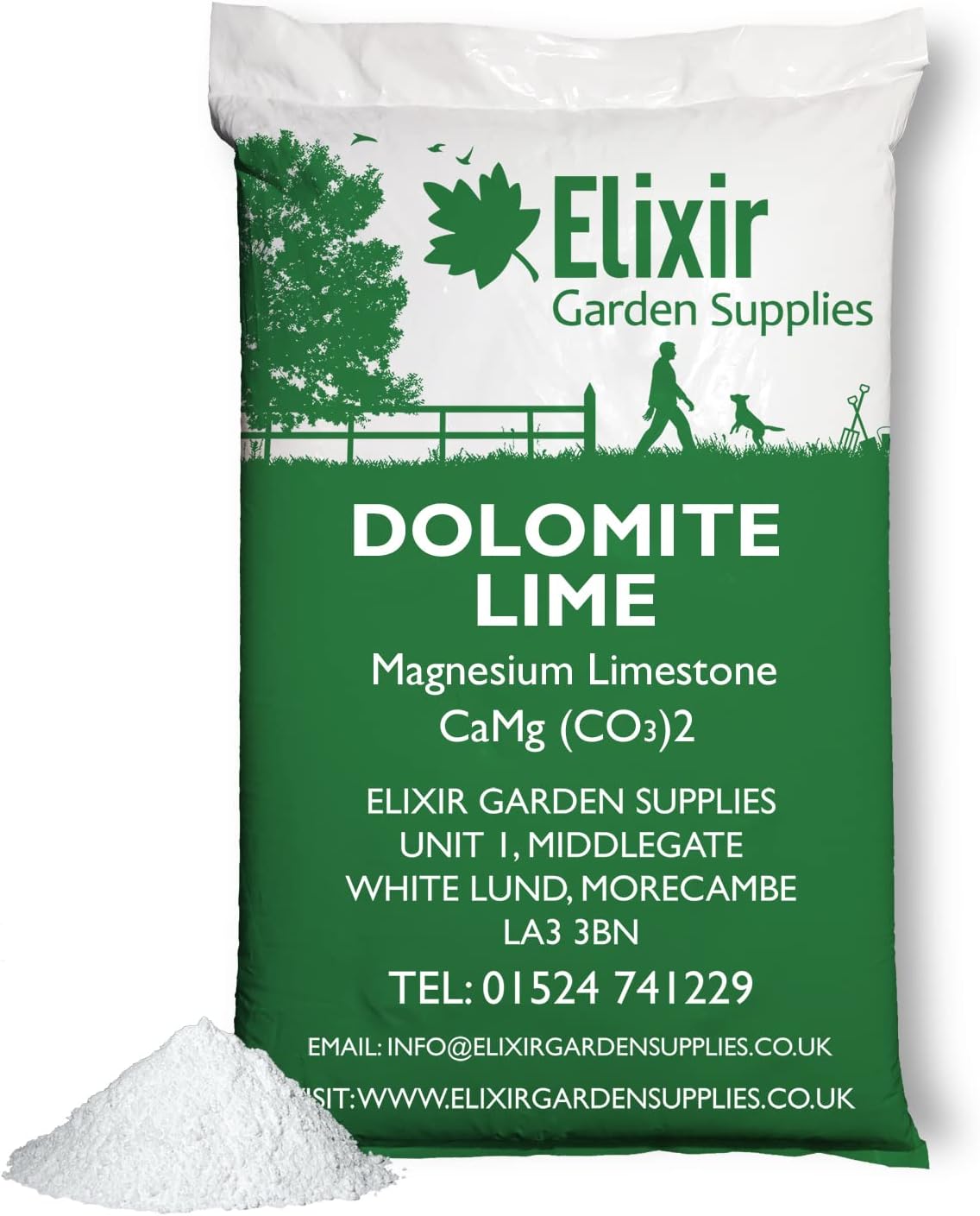About this deal
Personally I find using or recommending fertilizers that derive from the slaughter of animals, or from stripping animals and materials from natural ecosystems, morally reprehensible. And frankly doing so when there are synthetic fertilizers that do not carry that burden of death, suffering, and habitat destruction seems mean-spirited. I realize this is personal opinion and that well intentioned people can view the situation with different priorities. However, the fact that proteins and ammonia acidify soil in the same way and to the same degree is not subject to debate. Siedel, Heiner, and Steffen Laue. 2003. "Herkunft, Kristallisation und Hydratstufenwechsel von Magnesiumverbindungen im Kalkmörtel." In U mweltbedingte Gebäudeschäden an Denkmälern durch die Verwendung von Dolomitkalkmörteln, Institut für Steinkonservierung e.V., 31–38. Mainz: IFS-Bericht Nr. 16. Before knowing the treatment (which is Dolomite lime in this case), we must understand why soil gets acidic in the first place.
It can lead to excess magnesium in the soil which is not desirable. Excess of magnesium makes the soil over-compact. Thus, roots find it difficult to grow. Moreover, watering such soil also becomes an arduous task. Calvo M.; Sevillano, E. (1991). "The Eugui quarries, Navarra, Spain". The Mineralogical Record. 22: 137–142.On top of the maintaining pH, The dolomite lime adds magnesium to the soil. We all know that Magnesium is necessary for plants for proper growth. If magnesium is deficient, growth is affected and rusty brown spots are formed on the leaves. These spots impact the photosynthesis process as well and as a result, plants don’t produce enough food. Thus, fruit yield is significantly decreased.
Whatever the cause, dolomite lime fertilizer is usually not the answer. Let’s look at why this form of garden lime is probably not what you want. Here’s The Important Part Saussure le fils, M. de (1792): "Analyse de la dolomite". Journal de Physique, vol. 40, pp. 161–173. Mansfield, Charles F. (1980). "A urolith of biogenic dolomite – another clue in the dolomite mystery". Geochimica et Cosmochimica Acta. 44 (6): 829–839. Bibcode: 1980GeCoA..44..829M. doi: 10.1016/0016-7037(80)90264-1. In this article, we’ll talk about dolomite lime and what it does for soil. We’ll also discuss when and how to use it.
What Are The Benefits Of Adding Dolomite Lime To The Soil?
Dolomite lime uses are numerous but to extract desirable benefits, we must know how to properly apply it. The rate at which Dolomite lime is applied depends upon the pH of the soil. If the pH is too low, then more Dolomite lime is applied. Kraus, Karin. 2016. Kalk - Bindemittel für Farben und Mörtel. Teil 3: Kalkarten. Themenbereich 1.1. Johannesberger Arbeitsblätter, Hrsg. Fulda: Beratungsstelle für Handwerk und Denkmalpflege Propstei Johannesberg.
Lime increases the soil’s pH while decreasing acidity. By neutralizing acidic soils, the plants are able to absorb nutrients from the soil easily. Lime also improves the soil texture and helps convert other soil nutrients into usable forms. Dolomite is widespread in its occurrences, though not as common as limestone. [20] It is typically found in association with limestone or evaporite beds and is often interbedded with limestone. [21] There is no consistent trend in its abundance with age, but most dolomite appears to have formed at high stands of sea level. Little dolomite is found in Cenozoic beds (beds less than 65 million years old), which has been a time of generally low sea levels. [22] Times of high sea level also tend to be times of a greenhouse Earth, and it is possible that greenhouse conditions are the trigger for dolomite formation. [23] A grower adds Calcitic lime or dolomite to raise the pH level of the soil. But obviously, you can’t add both and have to choose one. Although both are widely used in gardens to increase the pH. But they are different!
Garden soil is either acidic, neutral, or alkaline. On the pH scale, which ranges from 0-14, 7 is neutral, below 7 is acidic, and above 7 is alkaline. Many gardeners know that productivity of the vegetable garden decreases as the pH falls below 6. In areas where soil acidification is an issue, routine liming applications helps to maintain a balanced pH level.
 Great Deal
Great Deal 